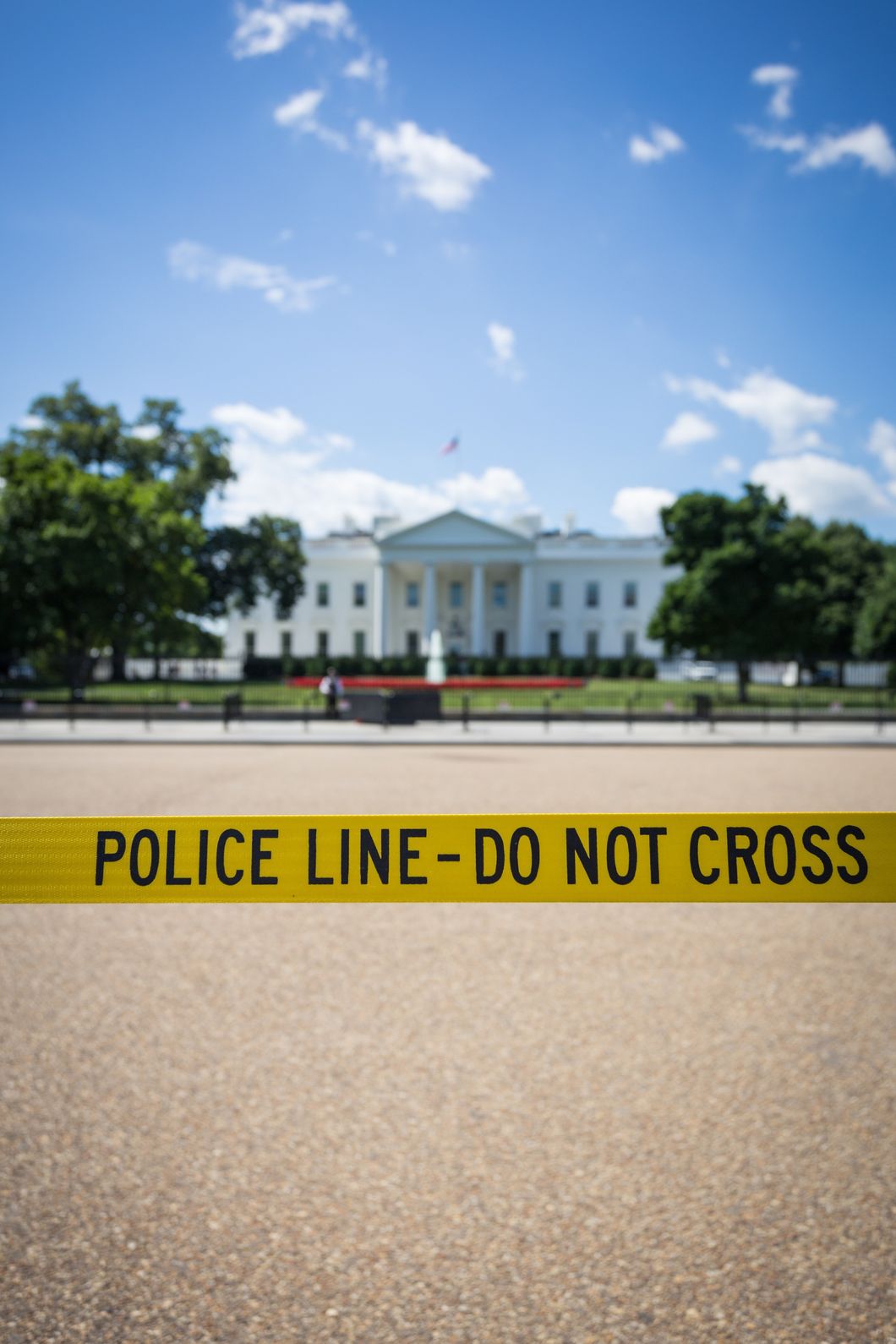Turning 18 is great; it is often considered a right of passage for many young adults. In the United States, turning 18 gives one the right to change their name, get married, get a tattoo, purchase tobacco products, serve one's country, and vote. At this age, one can legally do most anything every other adult can do -- except legally purchase and consume alcohol.
The minimum legal drinking age (MLDA) has been debated in America ever since the 1960s, shortly before the 26th Amendment, which gave 18-year-olds the right to vote, was passed. In the 1970s, 29 states across the country lowered their MLDAs to 18. During this time, studies (see also) showed a significant increase in automobile accidents.
The National Minimum Drinking Age Act of 1984 required all states to raise the minimum legal drinking age (MLDA) from 18 to 21. However, a 2007 Gallup poll found that 40% of Americans between 18 and 34 years of age were in favor of lowering the MLDA to 18 in all states, while older Americans were far less in favor of lowering the MLDA. So, while many younger adults think that the MLDA should be dropped to 18, studies show that automobile accidents increased significantly when 18-year-olds were legally allowed to purchase and consume alcohol (Toomey, et. al. 1996).
According to the 2015 Youth Risk Behavior Survey amongst high school students, "during the past 30 days," 8% drove after drinking and 20% rode with a driver who had been drinking. Since the 1980s, 29 studies using various research methods have assessed the effects of different MLDAs and their relation to automobile crashes. Of 29 studies done on lowering the MLDA between 1980 and 1996, 3 showed no change, 6 had equivocal findings, and 20 found significant increases in traffic crashes and fatalities among youth. The bottom line seems to be that 18-year-olds are simply more likely to drink and drive than 21-year-olds are.
This is due to the fact that cognitive development is not complete until the early 20s. Thus, the capacity for planning, logical reasoning, and understanding the long-term consequences of behavior are far from fully developed during the period when most people are learning and beginning to drive. Evidence shows this maturing process is not complete until the early '20s when the prefrontal cortex is fully developed. The research of Dr. R.A. Shults and associates in 2001 found that states that raised the MLDA from 18 to 21 saw an average of 16% fewer automobile accidents. According to the National Highway Safety Administration, 1,071 traffic crash fatalities were prevented in 1984 alone due to the raised MLDA of 21 -- that's 1,071 lives saved.
In light of these findings, by refusing to lower the minimum legal drinking age, we are helping to ensure the safety of our nation's young adults and to protect not only them but everyone else out on the roads as well. I encourage you all to keep these facts in mind next time you wish the MLDA was lower. That all being said, I hope those of you between the ages of 18 and 21 now have a better understanding of why you have not yet been the right to purchase and consume alcohol. Enjoy your rights to change your name, get a tattoo, fight for your country, get married, and vote. While it is illegal for you to drink, if you do, please drink responsibly, and don't drive.

















